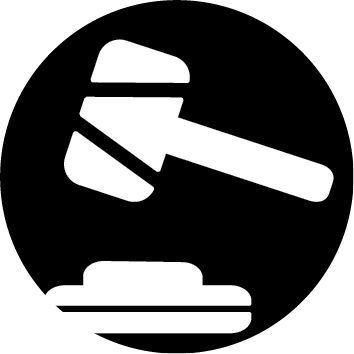 After months of debate, the Government has made a u-turn on its plan for thousands of EU-era laws to expire automatically at the end of this year. Whatever happens, says Kate Gardner, Health and Safety Trainer for International Workplace, we just need to keep doing what we’re doing
After months of debate, the Government has made a u-turn on its plan for thousands of EU-era laws to expire automatically at the end of this year. Whatever happens, says Kate Gardner, Health and Safety Trainer for International Workplace, we just need to keep doing what we’re doing
The EU Retained Law Bill considers the raft of regulations introduced under the European Union and whether they should remain in place. The government originally planned to repeal or replace over 4,000 pieces of law by December 2023. However, on 10 May, ministers announced that the mass deletion would not go ahead. Instead, the government will produce a list of 600 laws it wants to replace by the end of the year.
So, although not quite as overwhelming, we could still see the removal of several pieces of legislation that govern and guide us. But, in reality, in terms of what needs to change in the running of the workplace to maintain a healthy and safe workforce, there’s actually very little – provided you are currently complying with your health and safety duties.
This is because, sitting above the many pieces of EU legislation is the UK’s health and safety legislation, which won’t change. The primary legislation – in the form of the Health and Safety at Work etc. Act 1974 (HSWA) – will still be there.
We’ll still be responsible for providing safe workplaces. Removing EU laws essentially takes away the toolkit that guides us in carrying out our responsibilities, but we’ll still have the legal duties to comply with what the HSWA imposes on us all.
WHAT DO WE LOSE WITH REMOVAL OF EU REGULATIONS?
EU laws outline specific detailed safety requirements that everyone has to follow. Removing EU law could make people uncertain about what they need to do to meet the general safety provisions outlined in HSWA. With the lack of regulations and associated guidance, it will be difficult to know if you’re doing enough.
Currently, you can refer to the Approved Code of Practice (ACoP) attached to the relevant regulation, which gives practical advice on how to comply with the law. ACOPs offer practical examples of good practice and give advice on how to comply with the law by providing a guide to what is ‘reasonably practicable’.
For example, if regulations use words like ‘suitable and sufficient’, an Approved Code of Practice can illustrate what this requires in particular circumstances.
Approved Codes of Practice have special legal status. If employers are prosecuted for a breach of health and safety law, and it is proved that they have not followed the relevant provisions of the ACoP, a court can find them at fault unless they can show that they have complied with the law in some other way.
 If you follow the advice, you should then be able to demonstrate that you are doing enough to comply with the requirements of the law. However, if any EU regulations are removed, so too would the accompanying ACoPs, leaving us without the toolbox that tells us how to comply with the law.
If you follow the advice, you should then be able to demonstrate that you are doing enough to comply with the requirements of the law. However, if any EU regulations are removed, so too would the accompanying ACoPs, leaving us without the toolbox that tells us how to comply with the law.
KEEP CALM AND CARRY ON!
If you’re currently implementing good practice that has been derived from the ACoPs attached to the regulations, keep doing what you’re doing. You should be able to evidence that you are still carrying out your legal duties.
For example, the requirement for a written risk assessment is contained in the Management of Health and Safety at Work Regulations 1999. However, if the regulations are no longer in place, you should continue to carry out this procedure, as HSWA, which will remain, still contains the requirement to understand and manage hazards in the workplace. The risk assessment process and the documents that are produced will show how you are doing that.
As well as the duty to protect, organisations need to be able to prove to clients and contractors that they have health and safety control measures in place.
If you continue to follow current guidance, you will be able to demonstrate how you are meeting your requirements under the Health and Safety at Work etc. Act. Without the Regulations, more companies may look to gaining the ISO 45001 accreditation as a way of demonstrating good health and safety management.
REGULATING HEALTH AND SAFETY
If several pieces of legislation are removed, it could make it challenging with regards to enforcement as the regulations help to set a benchmark that supports proportionality and consistency of approach by the HSE.
There is also a concern that, given uncertainty about how to comply with the Act, businesses would find themselves more likely to be prosecuted for failing to protect their staff and the public.
Without guidance, differences of opinion could end up with different industry organisations creating conflicting working practices and procedures.
The HSE could produce guidance as ACoPs under the HSWA – a robust series demonstrating best practice, which businesses can base their procedures against.
CONCLUSION
The difficulties we face are not because we will no longer have legislation, but without clear, detailed information there is an increased risk of accidents, work-related injuries and ill health situations occurring. Whilst Whitehall continues to sort its own house out, employers are urged to carry on doing what they have always done.
In association with https://www.internationalworkplace.com





